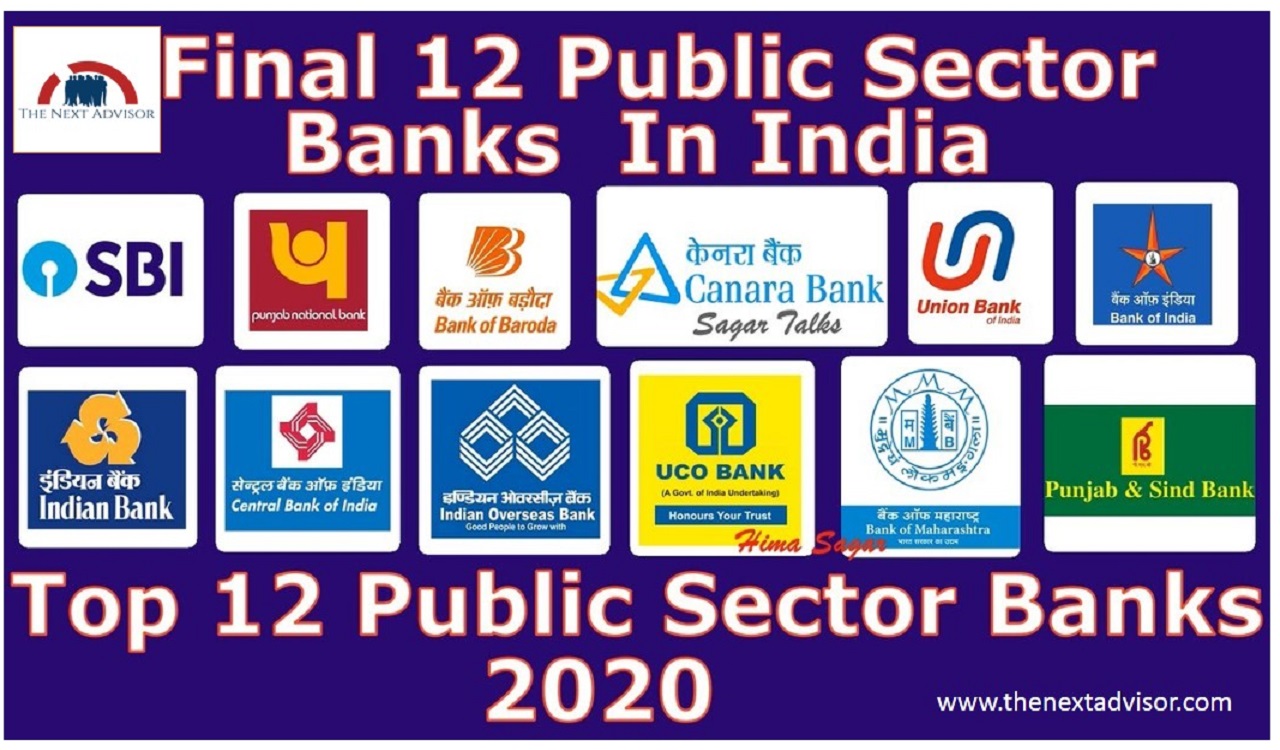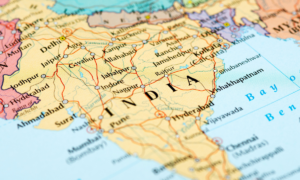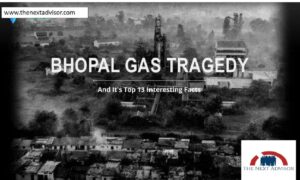Public banks are those in which the government has more than 50% of the share, due to which the responsibility of public money is also on the government, due to this reason most people prefer to keep their money in government banks, this public sector bank is regulated by RBI. In the year 2021, a banking law ( Amendment) bill was passed. Due to this, the government has given provisions to reduce its share a little, due to the amendment at this age, now the government’s share will be 26%, at this time the share of the government is 51% . which the government is trying to make 26%. let us see which are the 12% banks in which the government has a share.
- BANK OF BARODA – 63.97%
- BANK OF INDIA – 81.41%
- BANK OF MAHARASHTRA – 81.41%
- CENERA MANK – 62.93%
- CENTRAL BANK – 93.8%
- INDIAN BANK – 79.86%
- INDIAN OVERSEAS – 96.38%
- PUNJAB AND SIND BANK – 97.0%
- PUNJAB NATIONAL BANK – 97.15%
- STATE BANK OF INDIA – 57.62%
- UCO BANK – 95.39%
- UNION BANK – 95.39%
So friends, now you have seen what is a public sector bank, is their number, then must have understood what is a public sector bank and how much share is in which bank.
A public bank is a bank, a financial institution, in which a state, municipality, or public actors are the owners. It is an enterprise under government control.
[1] Prominent among current public banking models are the Bank of North Dakota, the Sparkassen-Finanzgruppe in Germany, and many nations’ postal bank systems. Public or ‘state-owned’ banks proliferated globally in the late 19th and early 20th centuries as vital agents of industrialization in capitalist and socialist countries alike; as late as 2012, state banks still owned and controlled up to 25 percent of total global banking assets.
Proponents of public banking argue that policymakers can create public-sector banks to reduce the costs of government services and infrastructure; protect and aid local banks; offer banking services to people and entities underserved by private-sector banking, and promote particular kinds of economic development reflecting polities’ shared notions of social good.
The 2015 Addis Ababa Financing for Development Action Agenda noted that public banks should have an important role in achieving the new Sustainable Development Goals. Increasingly, major international financial institutions are recognizing the positive and catalytic role public banks can serve in the coming low carbon climate resilient transition. Further, international NGOs and critical scholars argue that public banks can play a significant role in financing a just and equitable energy transition

























